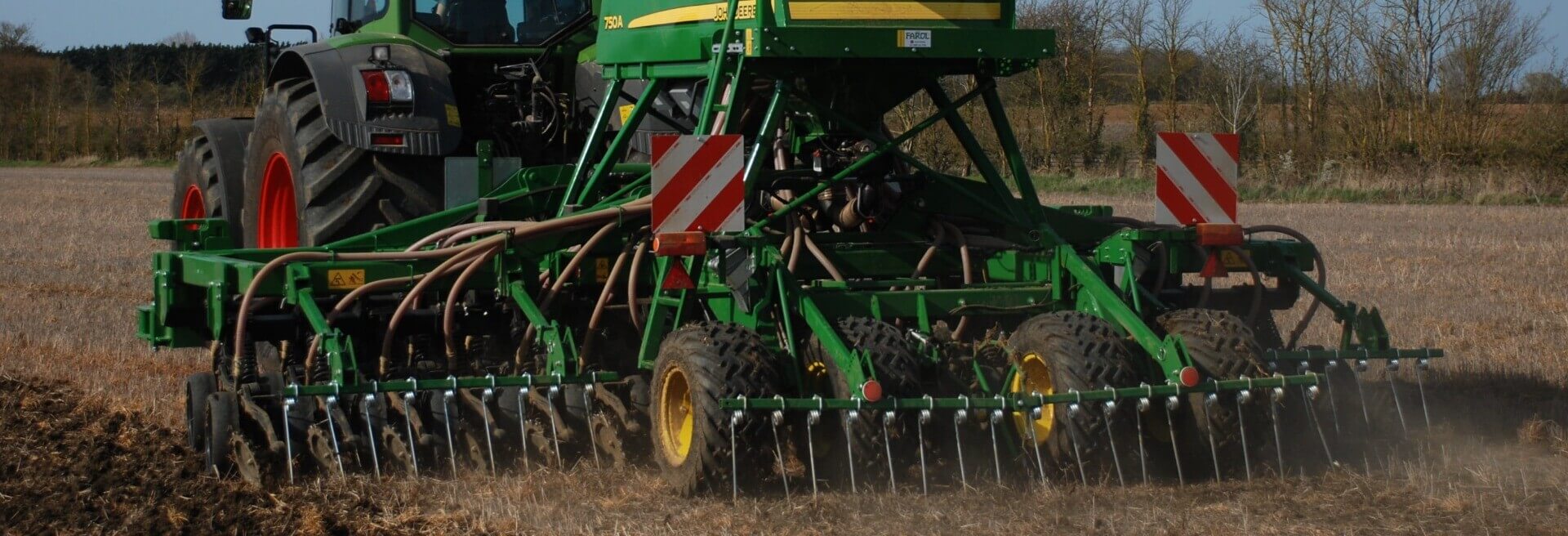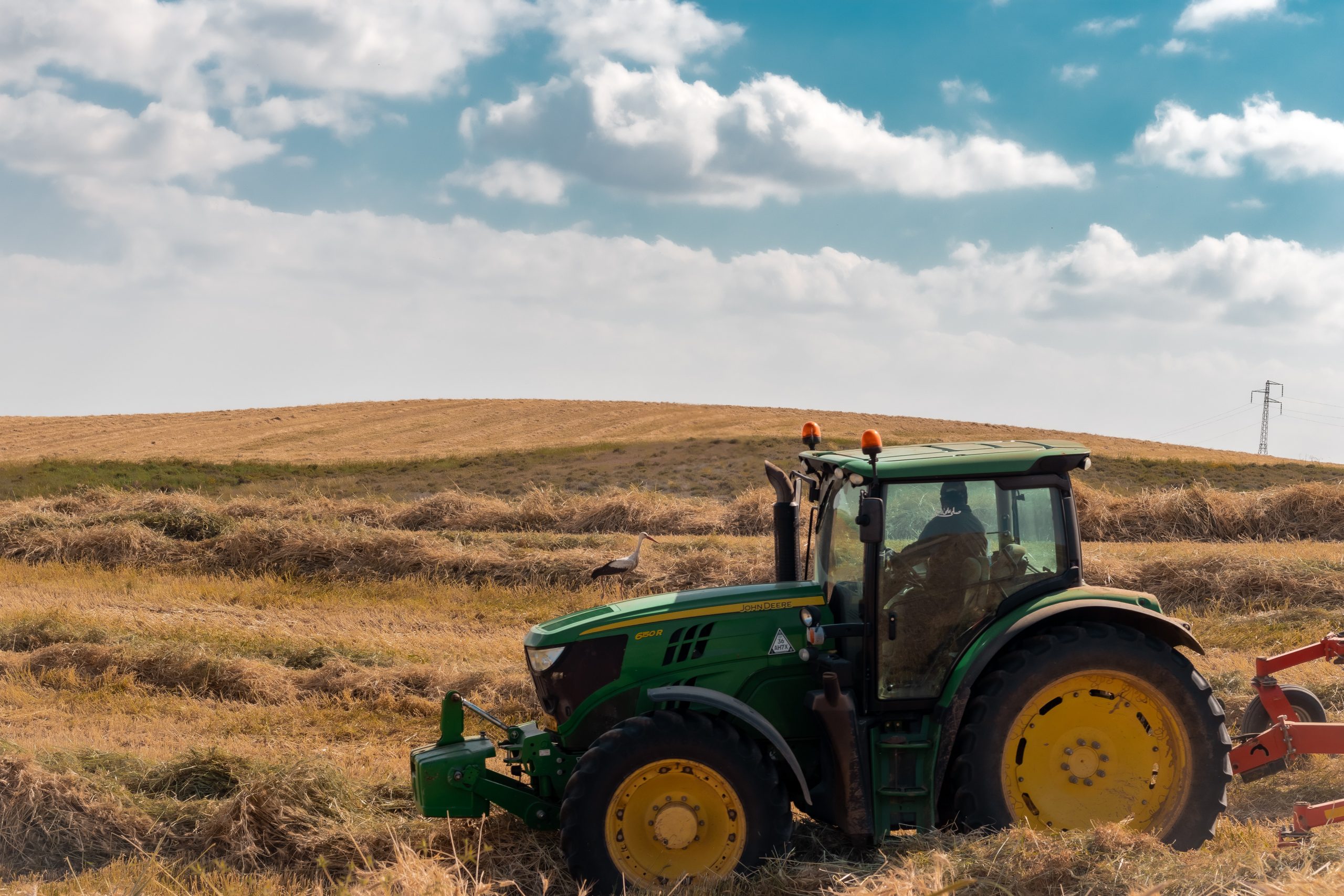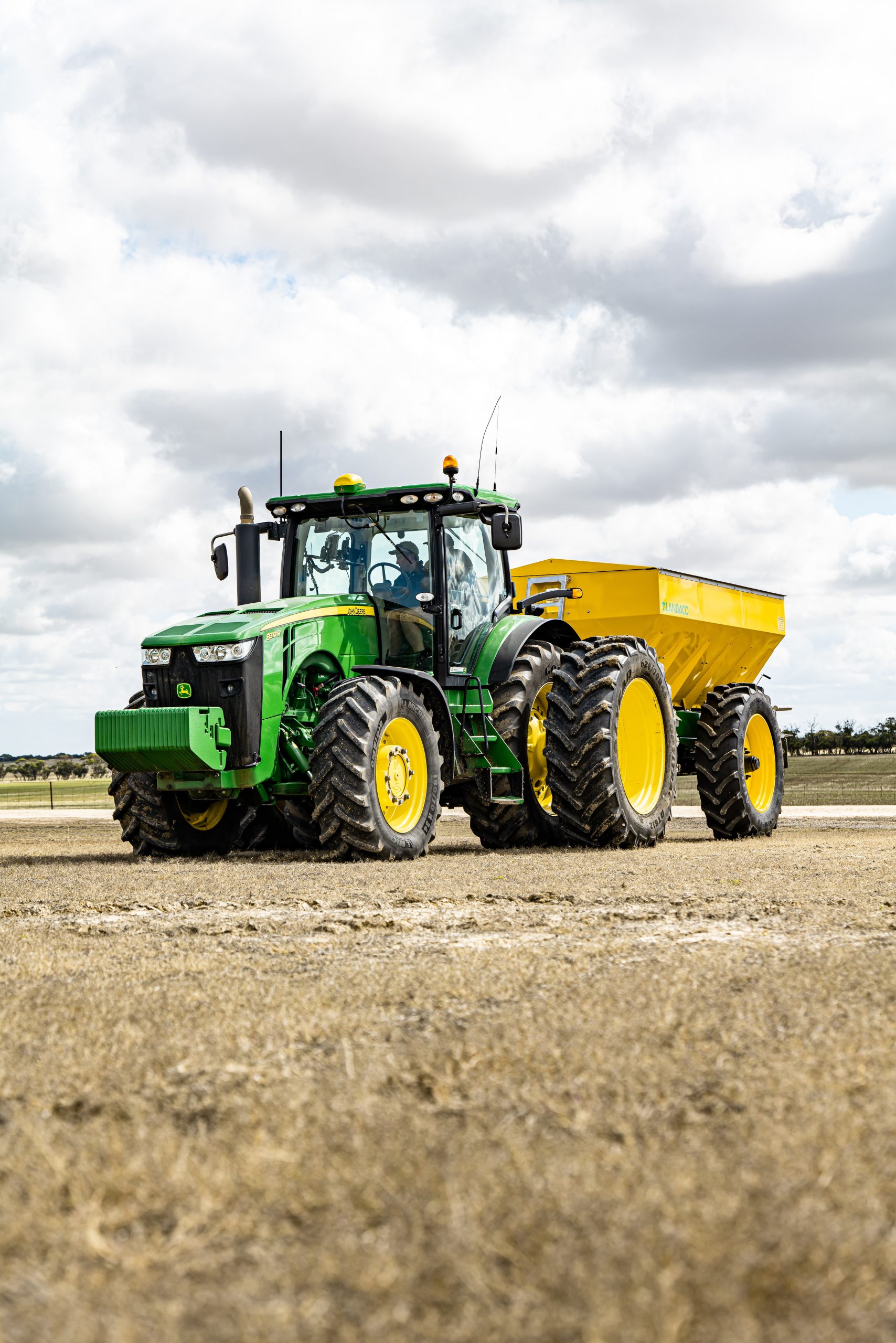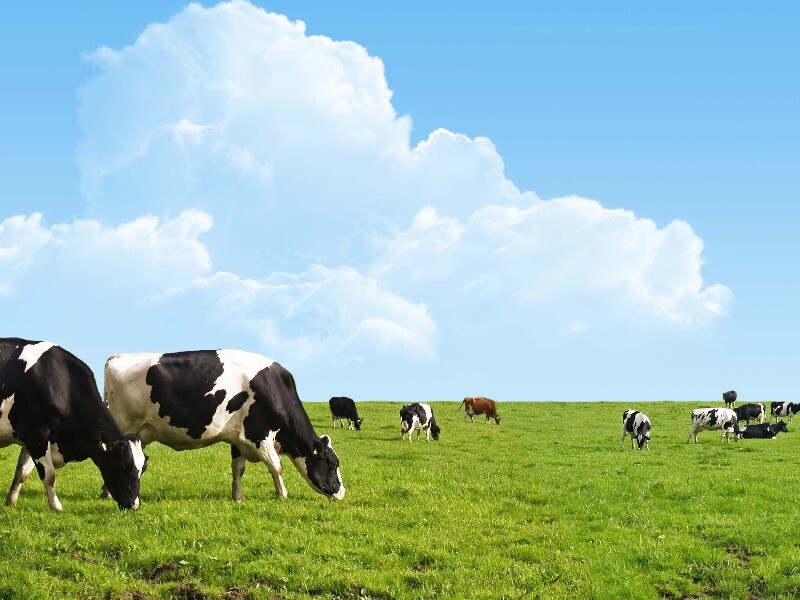Dairy cultivating is enormous business: as indicated by Statista “In 2019, the worth of the dairy market overall was assessed to be around 720 billion U.S. dollars, which is projected to develop to 1,032 billion dollars by 2024”. Yet, while the business develops, there is additionally a developing familiarity with the effects such a colossal area has on the climate.
As indicated by the BBC, “in 2015, the business’ outflows were comparable to in excess of 1,700 million tons of CO2 and made up 3.4% of the world’s complete of right around 50,000 million tons that year”. There have been numerous ideas on the best way to handle the issues encompassing the dairy homestead and its effect on the climate, however regenerative cultivating is by all accounts arising as one of the most encouraging. We will check out how regenerative cultivating in the UK can deal with a dairy homestead to assist with decreasing the effect of ozone depleting substances on our current circumstance.
Ozone depleting substance EMISSIONS FROM A DAIRY FARM
Dairy cultivating has been hailed as one of the bigger guilty parties of ozone harming substance outflows, contrasted with the aeronautics and auto businesses worldwide as far as harm caused. There are a few factors that make dairy cultivating so ruinous in its present status. The following are dairy industry realities, showing a couple of ways untrustworthy dairy cultivating can truly harm the climate:
· Dairy cattle produce a high measure of methane gas (an ozone harming substance) while processing their food
· Steers fertilizer discharges methane gas and nitrous oxides (likewise an ozone depleting substance) into the climate
· Overgrazing of fields can allow soils to be uncovered, which means carbon and nitrogen sequestered in the dirt escapes a lot more straightforward, and plants that would store carbon are devoured by the creatures
Different factors likewise add to the dairy business’ outflows, for example, energy costs associated with handling dairy items, emanations caused from the vehicle and transportation of items, and water use bringing about imbalanced environments.
THREE GREENHOUSE GASES FOUND ON A DAIRY FARM
The three ozone harming substances referenced above – carbon dioxide, methane, and nitrous oxides – all have somewhat various consequences for the air. While all are viewed as ozone depleting substances, which trap heat from the sun inside the environment causing a warming impact in the world, the three contrast in the seriousness of their effect and their term in the air. Here are some dairy industry realities:
· Carbon dioxide stays in the air for many years; its effect on a worldwide temperature alteration isn’t quite as high as the other two, in any case.
· Overall, 114 years. Be that as it may, the nursery impact they produce is very nearly multiple times as powerful. It additionally has the harming impact of annihilating ozone, which keeps UV radiation from arriving at the planet.
· Methane just stays in the climate for years and years yet in addition has a more impressive nursery impact than carbon dioxide.
Discharges in the dairy business
regenerative dairy cultivating
dairy cultivating discharges
Discharges in the dairy business
regenerative dairy cultivating
dairy cultivating discharges
Discharges in the dairy business
regenerative dairy cultivating
dairy cultivating discharges
HOW DO WE TACKLE DAIRY FARM ISSUES?
Obviously lessening these discharges is fundamentally important for most ranchers yet knowing where to begin can be testing. One manner by which dairy ranchers can attempt to lessen their emanations, is focusing on animal government assistance. While the facts really confirm that emanations per liter of milk are less on concentrated dairy ranches, because of the economies of room, it has been accounted for that keeping up with great cows wellbeing can assist with diminishing methane outflows from cows during the stomach related cycle. Studies have likewise shown that numerous fundamental ailments found in animals increment their ozone harming substance emanations. Keeping animals solid can assist with decreasing these emanations.
WHAT ARE THE BENEFITS OF REGENERATIVE FARMING IN THE UK?
Regenerative cultivating regularly incorporates attempting to take care of the land and offer back as much as is taken to limit the effect cultivating has on the climate. As far as dairy cultivating, these equivalent standards can be applied.
For instance, not letting dairy cattle overgraze land can assist with keeping ozone harming substances secured in the dirt and can further develop soil wellbeing over the long haul. At the point when soil is left uncovered and uncovered, subsequent to overgrazing, it is likely to delivering its supplements. Utilizing cows as a feature of field revolution can assist with diminishing overgrazing and can be a successful weed the executives instrument.
The right stockpiling of cows compost can assist with forestalling the arrival of methane into the air. Cows compost can likewise be utilized to treat crops, which lessens costs spent on counterfeit manure and is additionally more valuable for soil wellbeing in the long haul.
WILL REGENERATIVE FARMING IN THE UK HELP REDUCE GREENHOUSE GAS EMISSIONS?
Steers cultivating may appear to take a gratuitous measure of fault for the current worldwide environment emergency. In any case, unmistakably as an industry it adds to the arrival of ozone depleting substances up high. By really trying to lessen these discharges, dairy ranchers can bear upping and say that they have done their touch to assist with forestalling a dangerous atmospheric devation. Regenerative cultivating techniques might be a decent method of countering the impacts of current dairy cultivating strategies and can help all of us to be more feasible later on.
Assuming you presently come up short on the gear to continue with regenerative cultivating techniques, peruse our scope of utilized farming hardware to empower you to reward the Earth. From direct seed drills to spreaders for manure, we can assist you with making the initial move towards being all the more ecologically cognizant.










